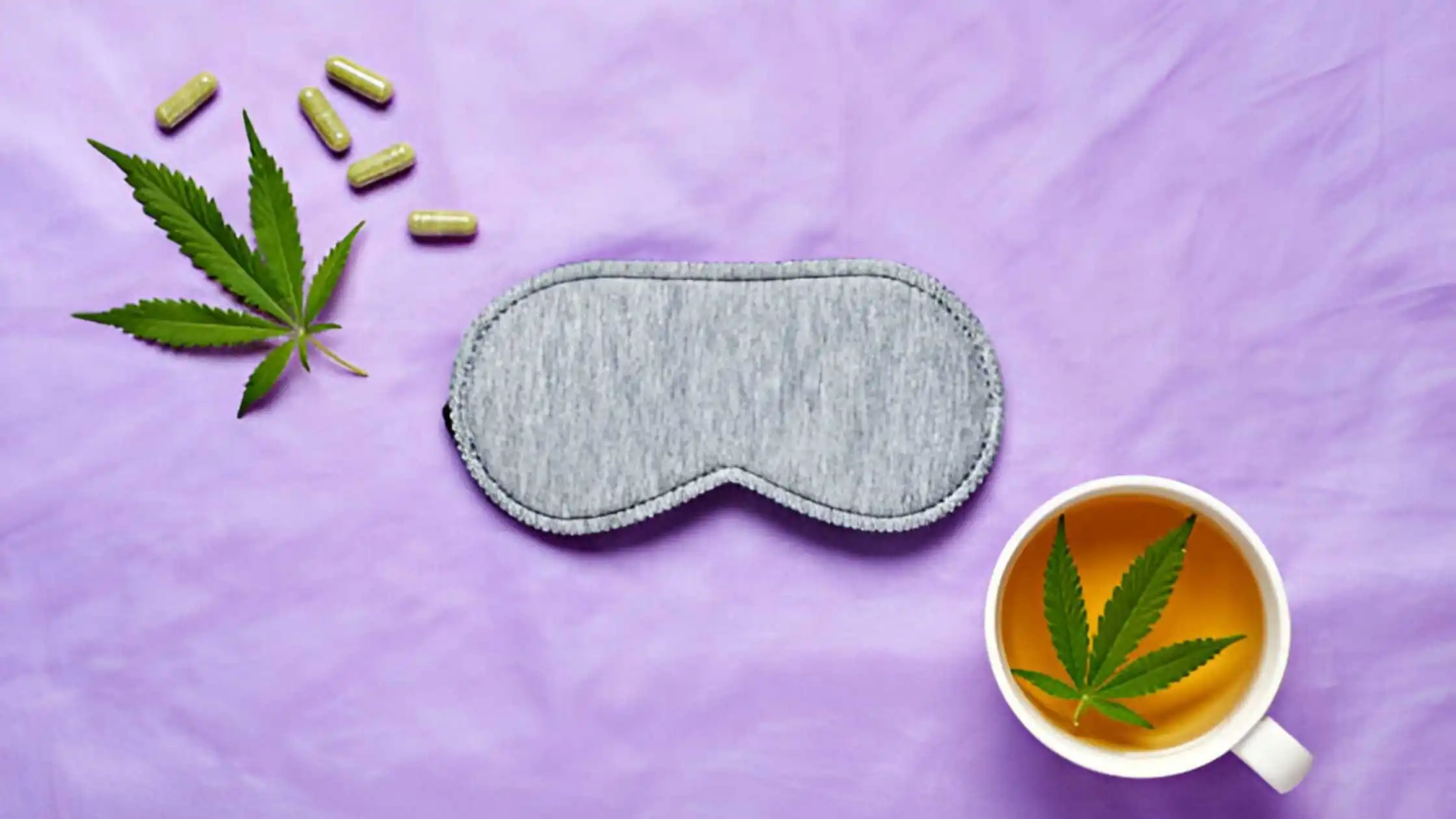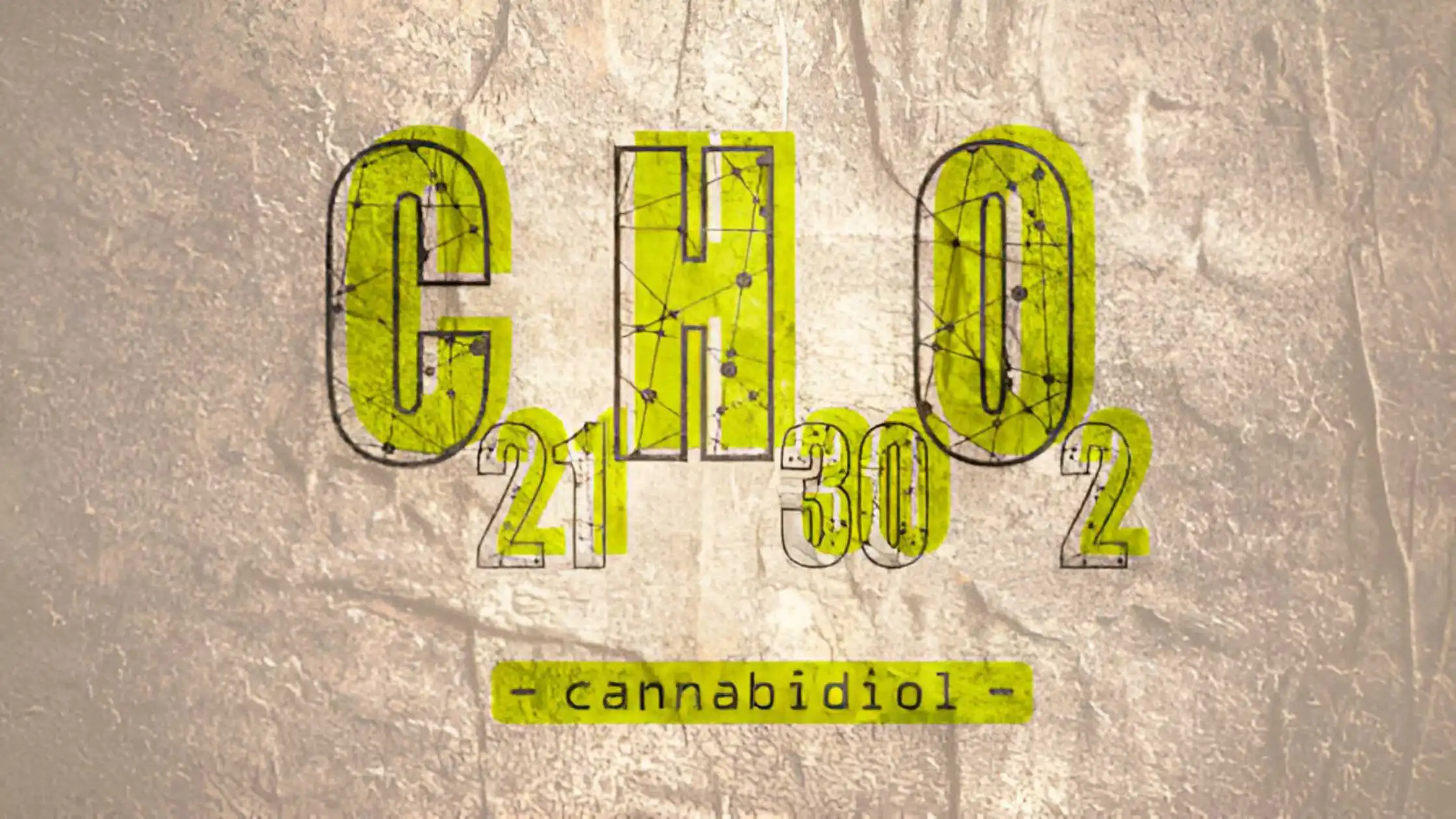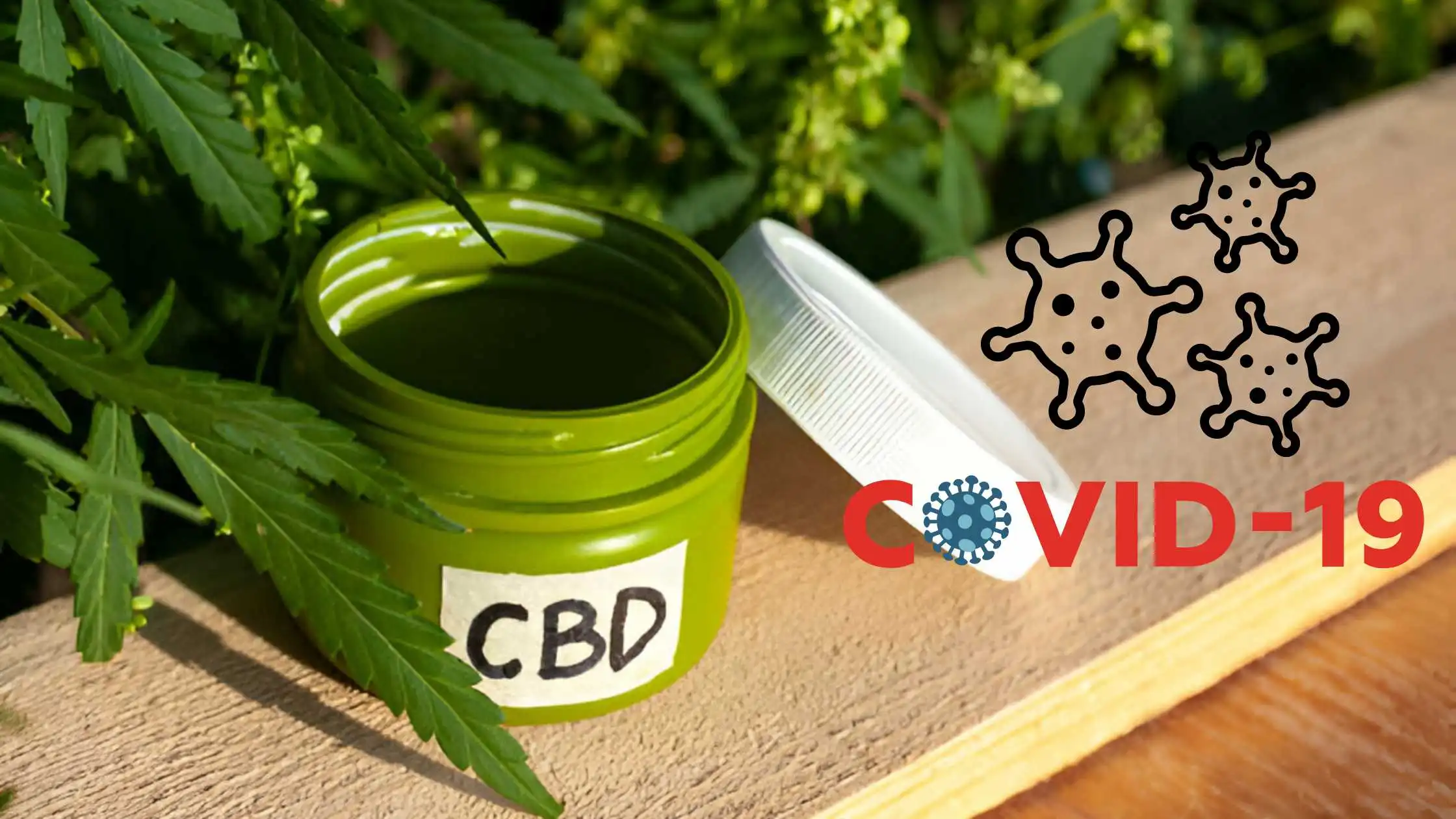Cannabis (Marijuana) And Cannabinoids
We live in ironic times: a plant labelled criminal and dangerous is providing unrivalled relief for various symptoms and conditions. When it comes to Cannabis, consuming it can have a wide range of effects. It can make you feel more energized and calm and even have medical benefits that treat seizures, chronic pain, anxiety, and many other physical and mental conditions or symptoms.
But what if Cannabis creates these effects? It is none other than the exceptional cannabinoids, the naturally occurring chemical compounds in a Cannabis plant, which interact with the human central nervous system.
Let’s take a closer look at what cannabinoids are and how they work!
WHAT EXACTLY ARE CANNABINOIDS?
Cannabinoids are a unique facet of the Cannabis plant. They are usually created from cannabinoid acids present naturally in the plant. After exposure to heat energy, they are converted into respective cannabinoid compounds. These compounds give you a therapeutic experience, pain relief, and a diminished sense of stress.
They are similar to endocannabinoids, which are naturally occurring within our bodies. Endocannabinoids promote homeostasis, which regulates internal health and immune system functions. These compounds send signals to other cells and can produce a euphoric feeling, similar to the ‘runner’s high’.
CANNABINOIDS WORK LIKE THIS:
Perplexing questions surrounded these compounds until the 1980’s. When Cannabis was researched, the study found cannabinoid receptors throughout the brain and body. So, when Cannabis was consumed, they saw that these compounds were bound to the receptors. They identified them in two classes:
- CB–1 receptors: Commonly found in the central nervous system and the brain cells.
- CB – 2 receptors: They are found in the immune system.
Their interaction follows a ‘lock & key’ mechanism. Cannabinoids, being the key, bind to the receptors, creating metabolic enzymes (fatty acid amide hydrolase [FAAH]) that further break down the cannabinoids, thus unlocking the same effects as the organic endocannabinoids.
These are essential molecules made by the human body. Studies have identified two key endocannabinoids:
- Anandamide (AEA), aka ‘bliss molecule’
- 2-arachidonoylglyerol (2-AG)
Your body produces these exactly when needed and keeps your internal systems running smoothly.
CANNABINOIDS ARE IN PLENTY!
There are over 85 identified cannabinoids, and many more are thought to exist. The main heroes are tetrahydrocannabinol (THC) and cannabidiol (CBD).
With excellent research comes the incredible fact that cannabinoid interactions are so distinctive.
For example, CBD does not interact with the CB-1 brain cell receptors in the same way as THC. It interferes with THC binding to receptors.
This is why when the THC content is high, you experience a psychoactive high, but if the CBD content is high, then you will experience anti-anxiety effects and relief for pain.
CBD & THC: WHAT ARE THEY?
CBD (Cannabidiol)
One of the most well-known cannabinoids is the CBD molecule. Unlike THC, CBD is more partial to binding with CB–2 receptors found throughout the body. This does not produce any psychoactive effects but more physiological experiences.
CBD assists with challenges such as stress, irregular appetite and insomnia, allowing the human body and mind to be at ease. It can also subside symptoms of chemotherapy, tumours and even severe mental disorders. Patients who want to induce the benefits of CBD should consume Cannabis that is lower in THC content.
– THC (Δ9 – tetrahydeocannabinol)
Out of all the cannabinoids, THC is one of the only cannabinoids that will get you ‘high’ or induce psychoactive effects. This is in the minority, and in reality, the other psychoactive cannabinoids are nowhere as potent as THC.
This is one of the most abundant cannabinoids in the present time and is the first cannabinoid to be isolated. THC typically binds to the CB–1 receptors in the brain and can produce strong effects, but it even helps with pain relief, digestion and mood swings. When it comes to medicine, it helps with epilepsy, Parkinson’s disease, sleep apnea, and symptoms of HIV/AIDS.
Over 85 other recorded compounds, such as CBN, CBG, and CBC, have been labelled with high medicinal benefits. When you find the right fit in Cannabis, keep a piece of medicinal gold with you for an entire lifetime and reap the plethora of benefits It contains.
Disclaimer : This article is originally published on https://www.nccih.nih.gov/health/cannabis-marijuana-and-cannabinoids-what-you-need-to-know




